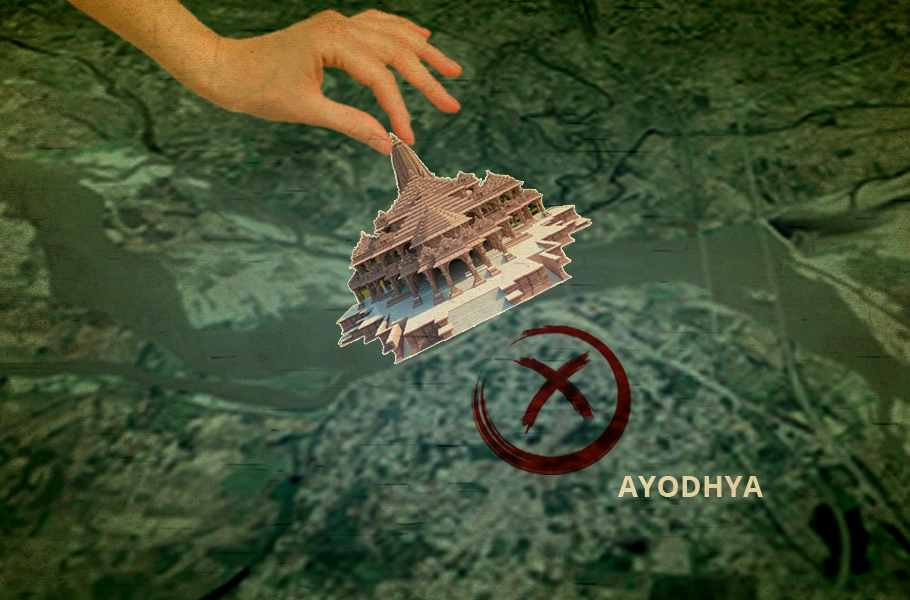
Mandir Wahin Banayenge: After 30 years, BJP’s tryst with Hindutva destiny
On November 19, 2019, 70 years after the dispute began, the Supreme Court ruled the site should be given to Hindus. In a unanimous verdict, archaeological evidence showed remains of a building “that was not Islamic” was beneath the structure of the demolished Babri mosque.

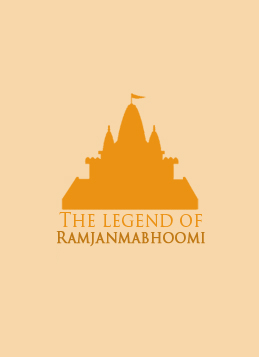
A Federal Series on the Ayodhya dispute
In the concluding part of the series, we revisit the calm before the Supreme Court verdict that paved the way for a Ram temple in Ayodhya
Mandir Wahin Banayenge: After 30 yrs, India’s tryst with Hindutva destiny
Uploaded 4 August, 2020

In 1990, you could sporadically hear two calls in many parts of north India. One was ‘Oye-oye’, the catchy refrain from a popular song of a film called Tridev. The other, a bit muted compared to the song lifted from an English composition, was a Bal Thackeray, the Shiv Sena founder, original: Garv se kaho hum Hindu hain (say with pride we are Hindus).
The lingua-franca of many Hindus had changed by then. Instead of the usual namaste, many greeted each other with a ‘Jai Shree Ram.’ At tea stalls and in drawing rooms of the elite, ferocious debates about Hindutva and Hindu rashtra had become common. Saffron bandanas and shawls had crept into vogue.
On December 24, 2003, the then Prime Minister of India Atal Behari Vajpayee embarked on a holiday by road from Delhi to Jaipur on a grey, foggy night. By the time his car crossed Alwar, a town exactly in the middle of the two cities, the date had changed to 25 — the PM’s birthday.
The PM was travelling with his security detail and family. On their request, the journey was broken in Alwar and an impromptu celebration was held. Vajpayee cut a milk cake, Alwar’s signature dessert, the family sang the birthday song and a mini feast was organised impromptu.
By the time the celebration was over, the PM’s knees had become numb, primarily because of the excruciating cold and the three-hour journey in a car. The family decided to return to Delhi to end the PM’s agony. Thus, ended Vajpayee’s holiday, his last as India’s PM, even before it could start.
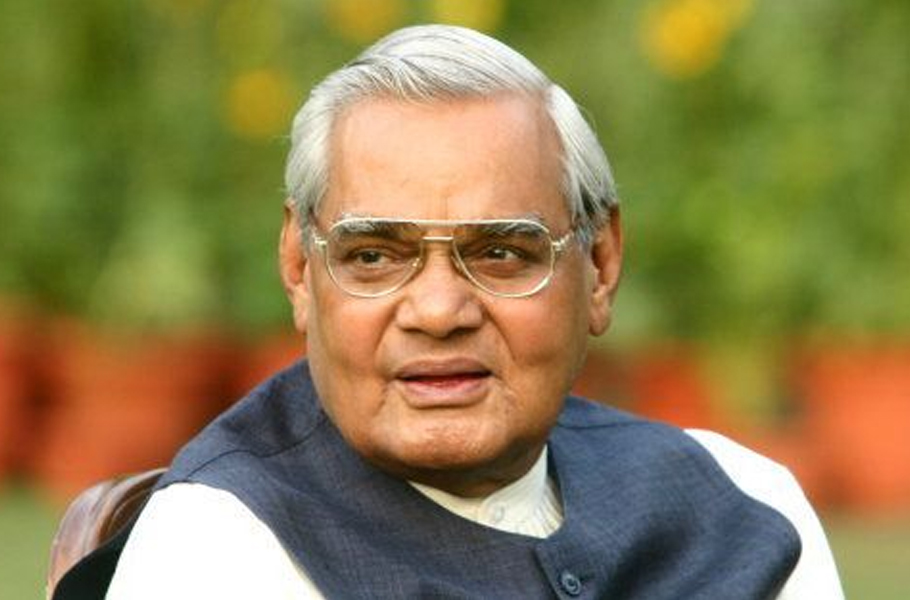
On May 13, when results of the 2004 general elections were announced, Vajpayee was stunned when his party, the BJP, was voted out in spite of expectations that he’d return to power.
On May 13, when results of the 2004 general elections were announced, Vajpayee was stunned when his party, the BJP, was voted out in spite of expectations that he’d return to power.
The loss was a watershed moment in Indian politics. It marked the end of a phase that had seen the BJP gain in every general election since the demolition of the Babri Masjid at Ayodhya on December 6, 1992. After three terms — the first lasting 13 days, the next 13 months and the last one almost five years — the BJP’s curve was flattened.
One of the reasons cited for Vajpayee’s defeat was that the party had abandoned its core ‘Hindutva’ campaign and had, instead, tried to focus on ‘India Shining’ — a clever but ill-fated slogan coined by Vajpayee’s Hanuman, Union Minister Pramod Mahajan. The slogan, whose Hindi translation was dropped, as the grapevine went, because of its similarity with the tagline of a popular brand of condom, was meant to remind people that Indian GDP had grown at a steady rate of around six per cent and achche din were already there. But, voters did not buy the argument and voted out the BJP.
Oye-oye, Jai Shree Ram and calls for saying with pride “we are Hindu” seemed to be forgotten echoes from history.
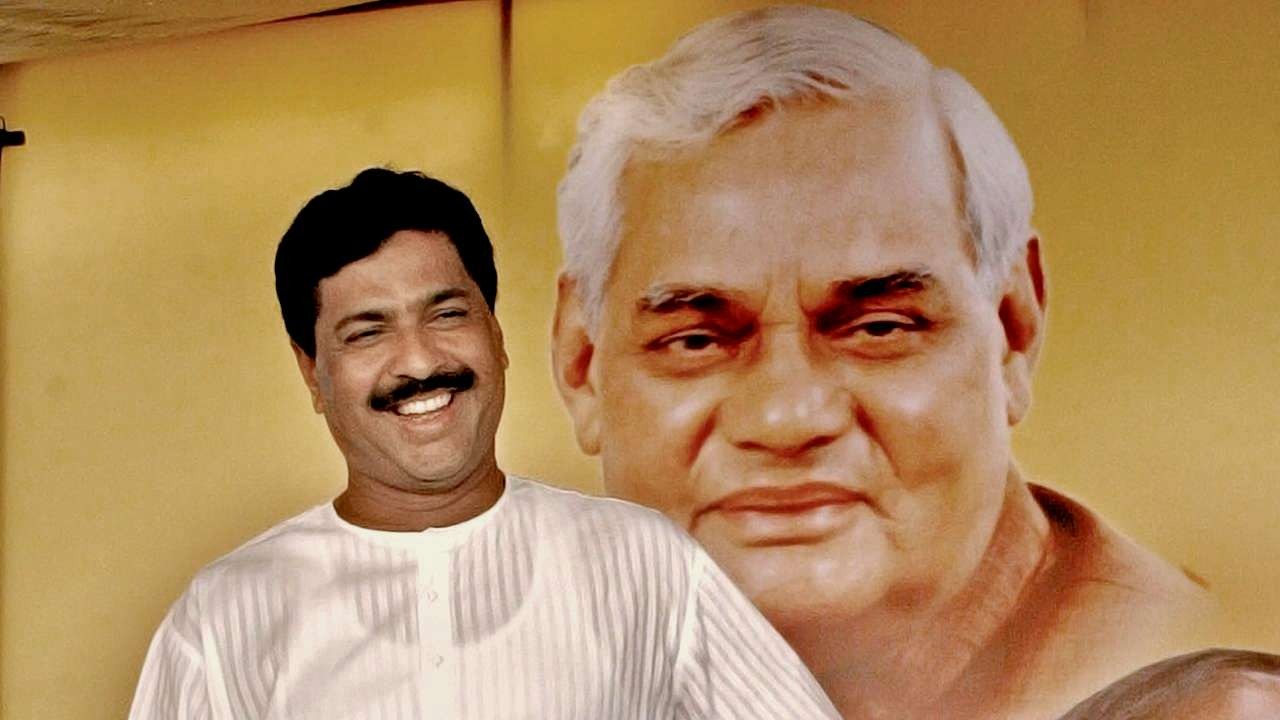
One of the reasons cited for Vajpayee’s defeat was that the party had abandoned its core ‘Hindutva’ campaign and had, instead, tried to focus on ‘India Shining’ — a clever but ill-fated slogan coined by Vajpayee’s Hanuman, Union Minister Pramod Mahajan.
**
Soon after the mosque was demolished, a large section of analysts started calling it the then Prime Minister Narasimha Rao’s masterstroke. The argument was in the proverbial “na rahega baans na bajegi bansuri” mould. It implied now that the mosque was razed, the saffron parivar would have no reason to agitate and would lose its raison d’etre. The country, Rao’s fans argued, would move on to better things.
The BJP was to prove the prophecy right. By 2004, the BJP’s defining slogan of the 90s — Mandir Wahin Banayenge — had become a mere footnote in its election manifestos. Believing that the divisive appeal of the slogan had outlived its utility, the BJP had moved on to other things: a nuclear test at Pokaran, a shot at India-Pakistan bonhomie, nationalist feelings in the aftermath of a war in Kargil, promises of “peace in our times” in Kashmir and, finally, the economy.
It appeared even the country had shrug off the toxic politics that had engulfed the country since 1990 and forgotten that it had spent a major part of the previous decade vowing to build a Ram temple in Ayodhya. The consecrated pillars, bricks and sandstone blocks that were carved in the Vishwa Hindu Parishad workshop in Ayodhya became subjects of tourist attractions. In a few decades, instead of Lord Ram’s name, they were engraved with graffiti that you see at almost every Indian tourist attraction in India — X loves Y, inscribed in a heart pierced by an arrow.
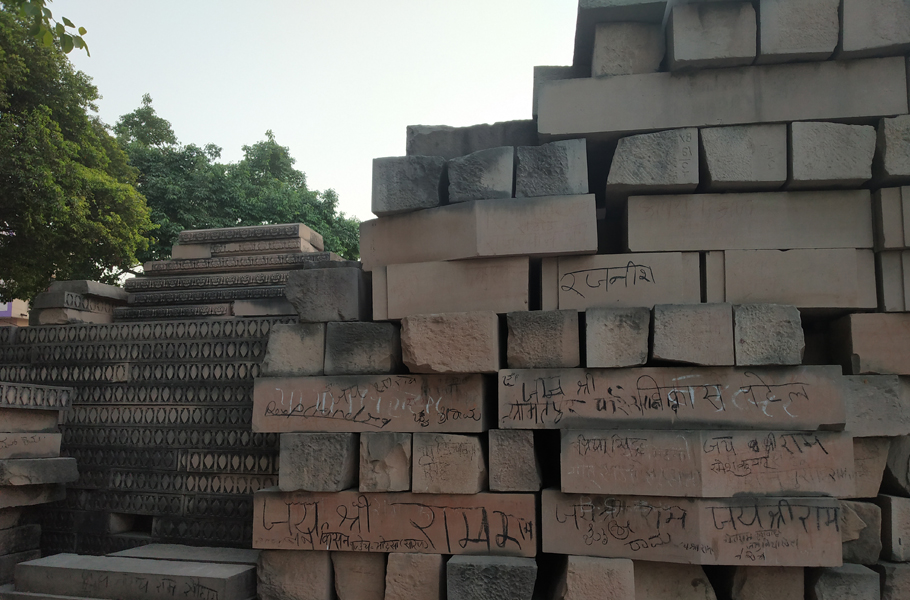
In a few decades, instead of Lord Ram’s name, they were engraved with graffiti that you see at almost every Indian tourist attraction in India — X loves Y, inscribed in a heart pierced by an arrow.
The biggest vindication of the BJP’s about-turn was to, however, come from the original architect of the Ramjanmabhoomi movement, former journalist and the perpetual PM-in-waiting, Lal Kishanchand Advani.
**
Why did India forget the temple soon after 1992? This answer has to be attempted from two perspectives — one from the BJP’s and the other from that of the kar sevaks who kept answering the saffron parivar’s calls to march on Ayodhya from 1989 to 1992.
The kar sevak was, per se, not interested in a Ram temple. His primary objective was to remove the mosque from Lord Ram’s perceived janmabhoomi, and, thus avenge what was seen as a symbol of hundreds of years of humiliation by Muslim and British rulers of India. Once the mosque was pulled down, the sevaks went back home believing the mission had been accomplished.
Also, not many believed that the courts would ever be able to resolve what was primarily a matter of faith, especially when the dispute had remained pending for several decades in the absence of incontrovertible evidence that the mosque was built on debris of Ram’s birthplace.
The BJP realised the agitation had served its political purpose. From a party with just two members in the Parliament in 1984, it had grown exponentially in less than a decade and had become the “natural claimant to power.”
It was also the era of coalition politics. Raking up the temple issue, the BJP surmised, would drive away some of its ‘secular’ allies like Mamata Banerjee, Nitish Kumar and the Dravidian parties that had finally embraced it after the fall of the 13-day Vajpayee government in 1996.
So, in a bid to appease the likes of Ram Vilas, the BJP put Ram temple on the backburner.
This transition was reflected in the BJP’s election manifestos (sankalp patra) over the years. Initially, the Ram temple was mentioned almost as a threat — Mandir Wahin Banayenge. In 1996, it turned into a vow — Saugandh Ram ki khaate hain. By 2004, it was just a single line honourable mention in the sankalp patra: “The BJP reaffirms its commitment to the construction of a Ram temple in Ayodhya.”
**
After the BJP lost the 2004 election, the PM-in-waiting, Vajpayee’s deputy LK Advani hit the panic button. For 15 years, he had lived in Vajpayee’s shadow in spite of being the architect of the BJP’s exponential growth, believing in the Tolstoy-ian argument that patience and time are the two greatest warriors.
The 2004 defeat rattled him. Convinced that the Hindutva agenda he had mainstreamed with his politics of polarisation and rath yatras, Advani planned the biggest heist in the history of Indian politics — his own metamorphosis into a secular leader.
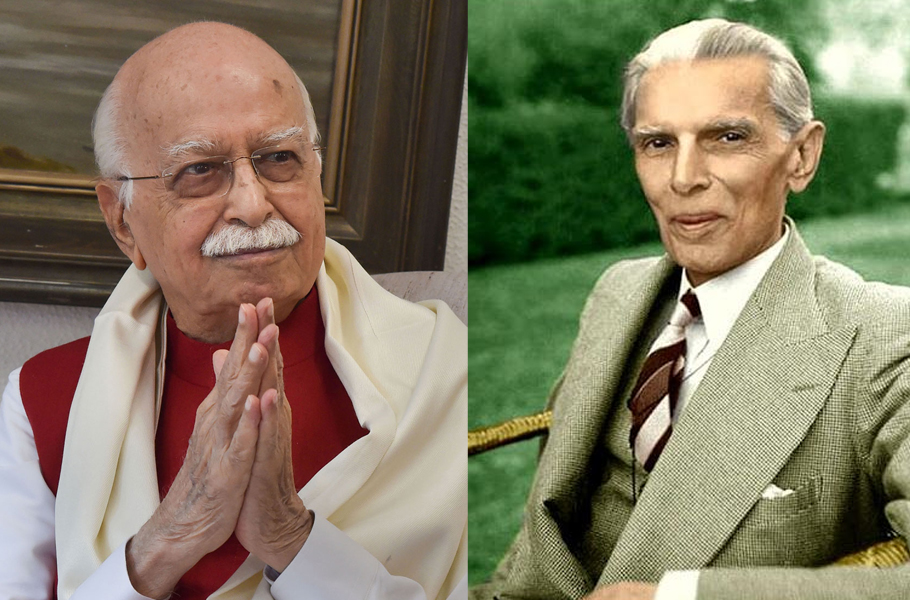
LK Advani committed the blunder of not just visiting the mausoleum of Mohammad Ali Jinnah, the villain of Partition for most Indians, but also called the Quaid-e-Azam of Pakistan as an ambassador of “Hindu-Muslim unity.”
In June 2005, Advani made a surprise visit to Pakistan to dig his own political grave. First, he distanced himself from the RSS dream of “Ákhand Bharat (undivided India)” and accepted Partition as a “reality of history.” Two days later, he committed the blunder of not just visiting the mausoleum of Mohammad Ali Jinnah, the villain of Partition for most Indians, but also called the Quaid-e-Azam of Pakistan as an ambassador of “Hindu-Muslim unity.” In one moment of political madness, Advani had committed political hara-kiri by signalling to the BJP’s core Hindutva vote-bank that the tiger had changed its saffron stripes.
With Advani, the man who left behind a trail of blood in the quest for a Ram temple, having morphed into a Jinnah fan, Ayodhya appeared destined to be buried in the very rubble that the BJP had left behind on December 6, 1992.
**
In Ayodhya, Gopal Singh Visharad, the lawyer who had approached the court in 1950 for restitution of his right to pray, had died. The fight was taken up by his son, Rajendra Singh, a retired bank employee. Two other parties had joined the dispute from the Hindu side: the Nirmohi Akhara, a sect of sadhus dedicated to the service of the deity, and Ram lalla himself, represented as owner of the disputed land by a retired judge. All these cases, with pleas from the Muslims, were bundled together and were being heard by the Lucknow bench of the Allahabad high court.
The initial zeal for a settlement died down as the case dragged on from adjournment to adjournment. Such was the apathy in the late 90s that funds for lawyers had dried up. The Nirmohi Akhara rued it had to sell a vehicle to generate funds to keep the fight going.
Meanwhile, the Supreme Court also got into the act. The Rao government, through a presidential reference, sought the court’s reply to a complicated query: Was there a temple at the disputed site before 1528?
**
With the demolition of the mosque, the roof over the ashtadhatu idol of Ram lalla, installed by Abhiram Das in December 1949, had gone. The infant deity now waited under a rain-proof tarpaulin in a complex fenced with iron and guarded by hundreds of security forces for courts to decide if the site was indeed its janmabhoomi.
September 30, 2010, was a Thursday. The day fell under the western zodiac sign of Libra, the scales. Visitors to India that day would have been led into believing it was either a public holiday, or a weekday people had decided to spend indoors. But India was just being cautious that day because of an important event — the Allahabad high court’s verdict on the title dispute in Ayodhya.
A three member bench, by a 2-1 majority verdict, divided the land into three parts. The plaintiffs representing Lord Ram, the Nirmohi Akhara and the Waqf Board were declared joint title-holders of the property. The Bench said the central dome of the demolished three-dome structure where the idol of Ram Lalla had been kept was the janmabhoomi “as per faith and belief of the Hindus.” The scales of justice had tried a delicate balance but every party in the legal battle rejected the verdict.
But the day passed off peacefully. There was not even a single incident of protest in any part of India. By the end of the day, a relieved home minister, P Chidambaram, confidently declared the “dignified reaction” showed India had moved on.
**

Riding on the backlash that followed the death of kar sevaks in the Godhra incident in 2002, Narendra Modi emerged as the new icon of unabashed, more aggressive Hindutva.
Another kar seva disrupted the status quo. Riding on the backlash that followed the death of kar sevaks (volunteers) who were torched on the morning of February 27, 2002, in a bogey of a train at Godhra while on the way to Ayodhya, Narendra Modi emerged as the new icon of unabashed, more aggressive Hindutva. Riots in retaliation to the murder of the volunteers polarised Hindu votes and fine-tuned a template that was to help Modi sweep the 2014 general elections.
This new template overcame one of the biggest problems of Indian politics that even the likes of Advani had failed to solve — what to do with the caste divisions among Hindus, the final frontier of electoral politics. Modi had the answer. He married right-wing politics with the promise of achche din. But, instead of claiming that India was already shining, he promised to lead India into a better future. This alliance of Hindutva and development uprooted the UPA government, considered corrupt, effete, and antithetical to the interest of Hindus. In an environment that favoured aggressive, unapologetic religious identities, even the so-called liberals and seculars were proselytised.
By 2014, ‘garv se kaho…’ was back in Indian discourse, but not as a call heard in the streets of north India. It emerged as a belief among a large number of Indians who quietly but confidently asserted their new identity in political and public life.
In an India that had changed fundamentally, it was only a matter of time before the collective desire of Hindus for a temple received legal imprimatur.
On November 19, 2019, 70 years after the dispute began with the sudden appearance of Ram Lalla in the Babri Masjid, the Supreme Court ruled the site should be given to Hindus. In a unanimous verdict, archaeological evidence showed remains of a building “that was not Islamic” was beneath the structure of the demolished Babri mosque. The court said Muslims would be given land elsewhere to construct a mosque. It directed the Modi government to set up a trust to manage and oversee the construction of the temple.
The verdict was accepted with dignity by Hindus and quiet resignation by Muslims.
(THE END)

